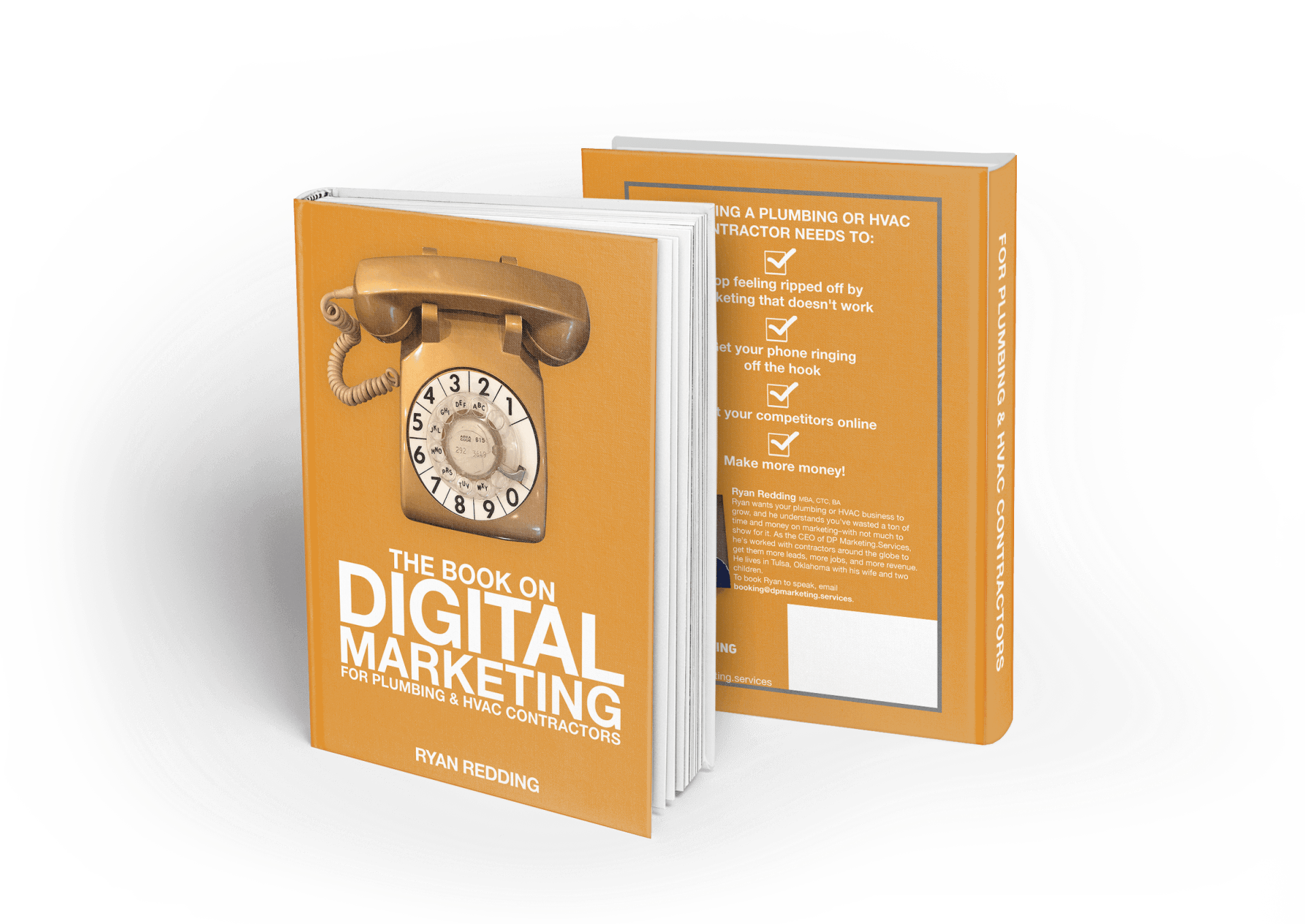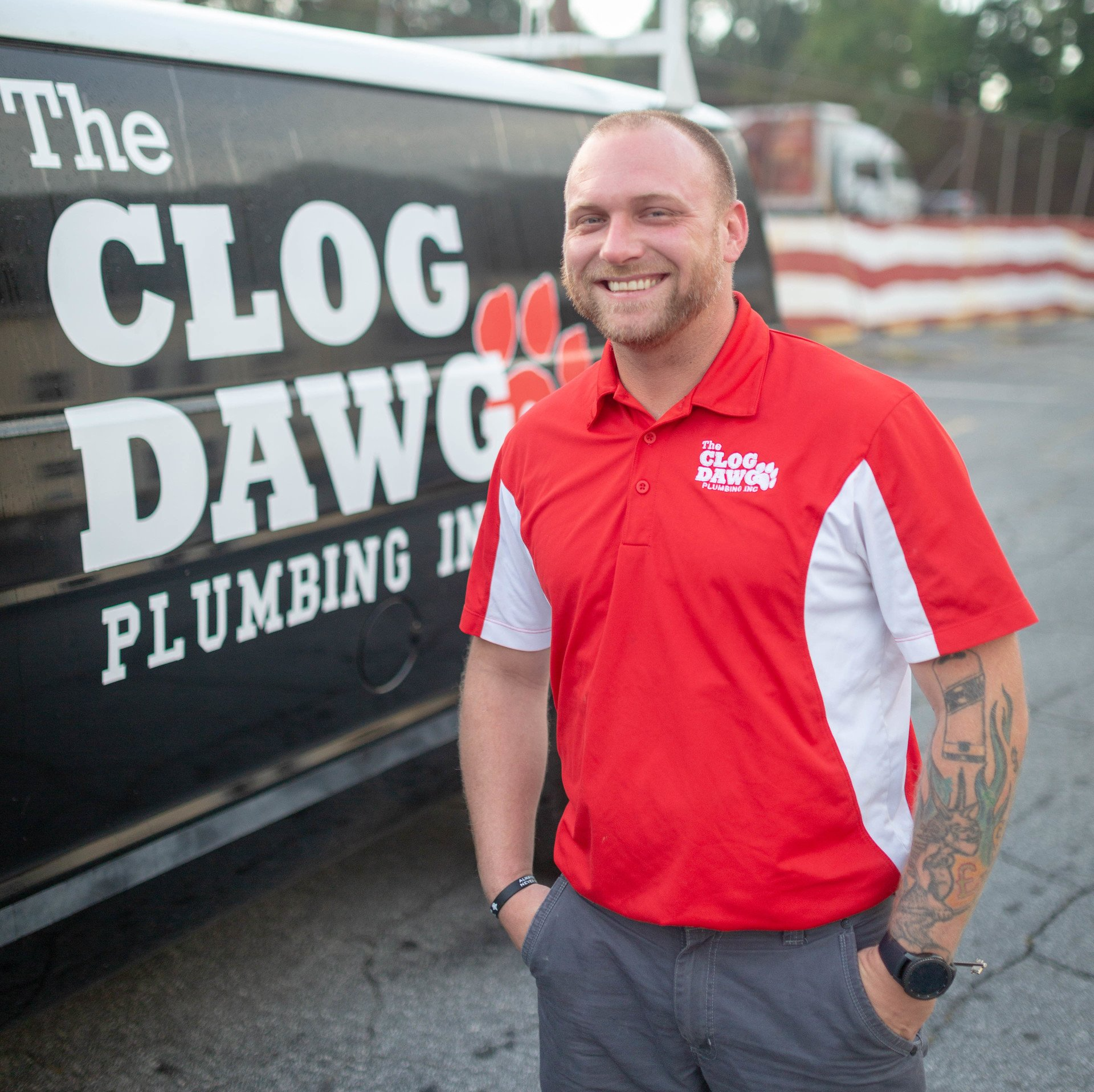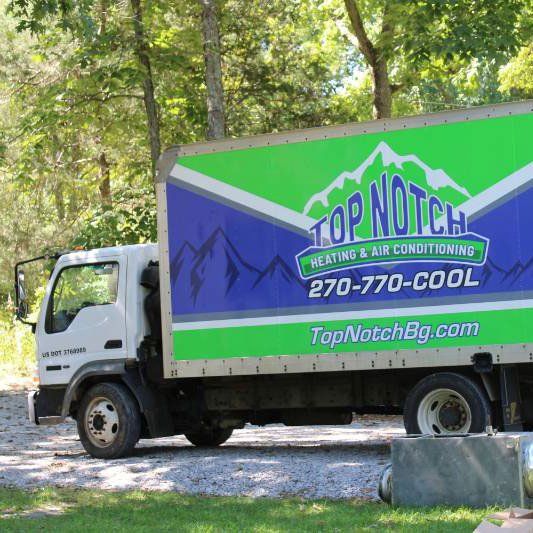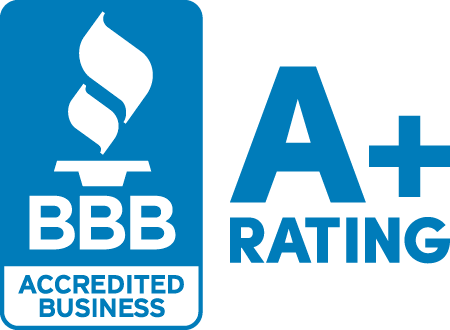[TEMPLATE] Social Media Posting Schedule for Plumbing & HVAC shops
Use our time-saving template to work smarter, not harder
Work Smarter, Not Harder
- Have more time to invest in what really matters. Interacting with your customers online and in person is key—and if you’ve scheduled engaging posts in advance, you can redirect your energy to responding to their comments, reviews, and questions (like all successful businesses do).
- Waste less time going back and forth between your work tasks and social media posting. According to the Washington Post, it can take up to 23 minutes to get back on task after an interruption. That means if you stop what you’re doing to post on social media twice a day, you’re losing nearly a whole hour every day. That’s five hours a week—and 20 hours a month! Wouldn’t you rather knock out your posts an entire week at a time—in, like, an hour—and use the rest of your time serving customers?
- Push out higher quality content. Creating your posts in advance ensures you’re saying and sharing exactly what you want to.
- Have a consistent message, everywhere your customers look. Planning your social media posts ahead of time allows you to support what’s already going on with your business. Remember, good marketing is repetitive, and social media is a great place to repeat your message over and over again.
How To Schedule Your Home Services Social Media Posts
- Head to this Google Sheet.
- Go to File > Make a copy and save the template to your own account. (Or recreate it using whatever software you prefer.)
- Start filling in your calendar!
Need help?
Was This Helpful?
Sign up here, and we'll automatically email you as we publish new articles that you may find useful.
Was This Helpful?
As Seen In:
Is your website helping or hurting your SEO efforts? Find out now for free.
We've got give-a-damn for days.
When my team talks with new clients, we hear a ton of frustration, overwhelm, and general fed-up-ness.
I'm guessing you can relate.
Maybe you've been trying to figure out all this marketing stuff on your own OR you've handed a crap-ton of money to an "expert" for no apparent reason.
Your phones still aren't ringing like they should.
Your advertising still isn't performing like you expected.
Your website's still not ranking or converting like it needs to.
You can't figure out why... and/or your current marketing "partner" isn't 'fessing up.
We think you deserve better.

Ryan Redding
CEO Levergy
Author of The Book on Digital Marketing for Plumbing and HVAC Contractors
Here's how we'll get you more plumbing, HVAC, electrical, garage door, roofing, or other home service leads:

Tell us what's keeping you up at night.
Let's get on a call so you can tell us where your business is and where you want to go. We'll follow-up with a free, comprehensive assessment and actionable tips.

We'll help you fix it.
If you like what you see so far, we'll put together a customized plan with transparent, flat-rate pricing—and then get to work growing your business.

So you can breathe easy.
Have peace of mind knowing you have a true partner on your side who cares about your success as much as you do.
What you get is important.
How you're treated is what sets us apart.
Culpeper Home Services
"... they always go above and beyond the call of duty. I'm impressed with their work ethic, loyalty, and integrity."
- Russell Furr, President
The Clog Dawg
"[Levergy] understood my specific needs and got the work done—bypassing all the unnecessary nonsense. And now business is booming!"
- Steven Douglass, President
Your mileage may vary.
Better results are here.
Discover how to stop wasting money on marketing that doesn't work, and make your phone ring off the hook.


















